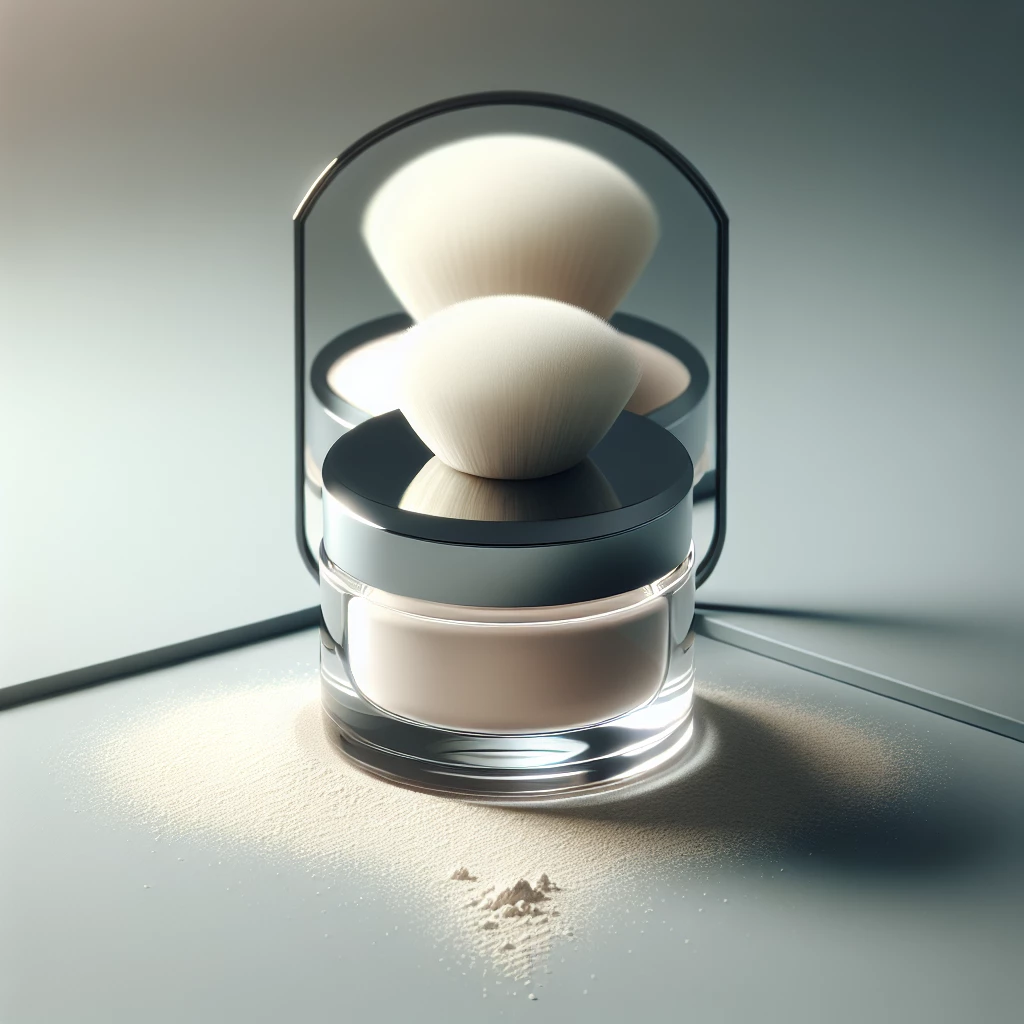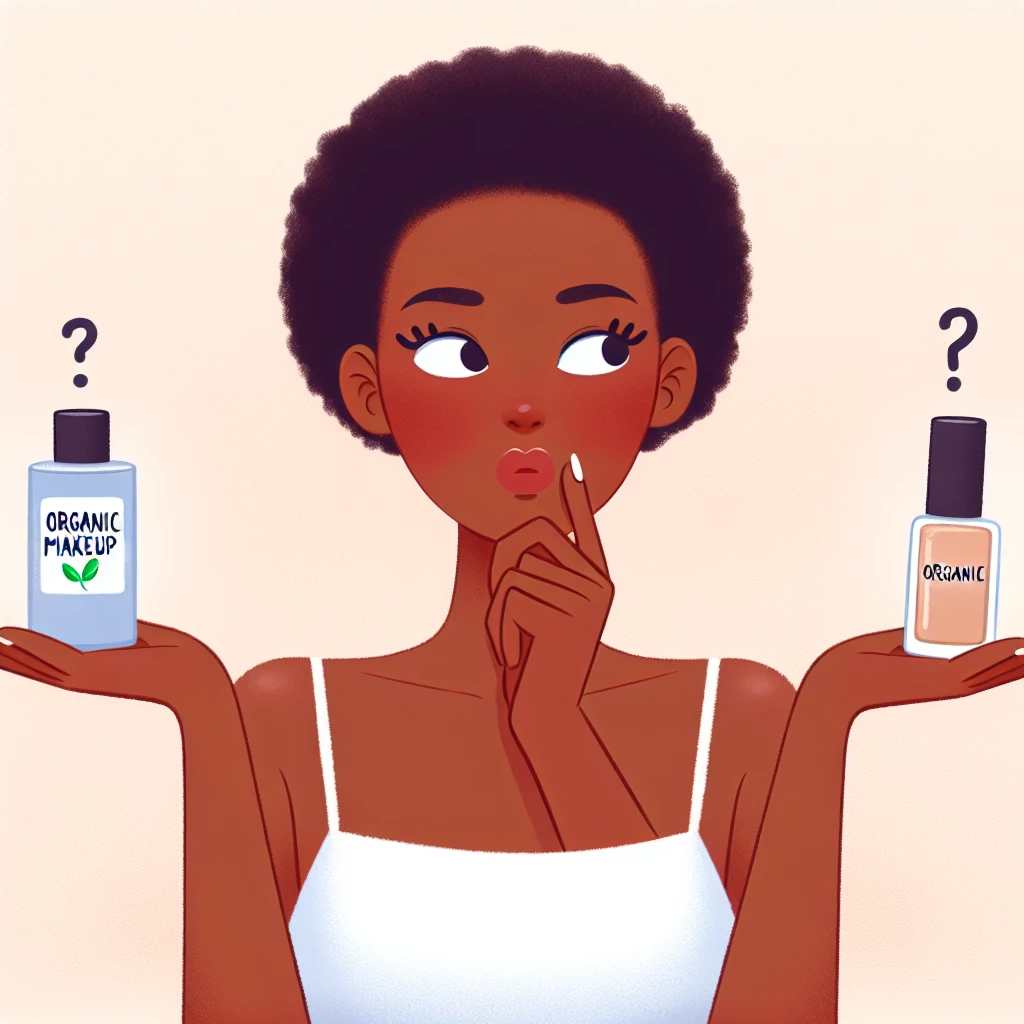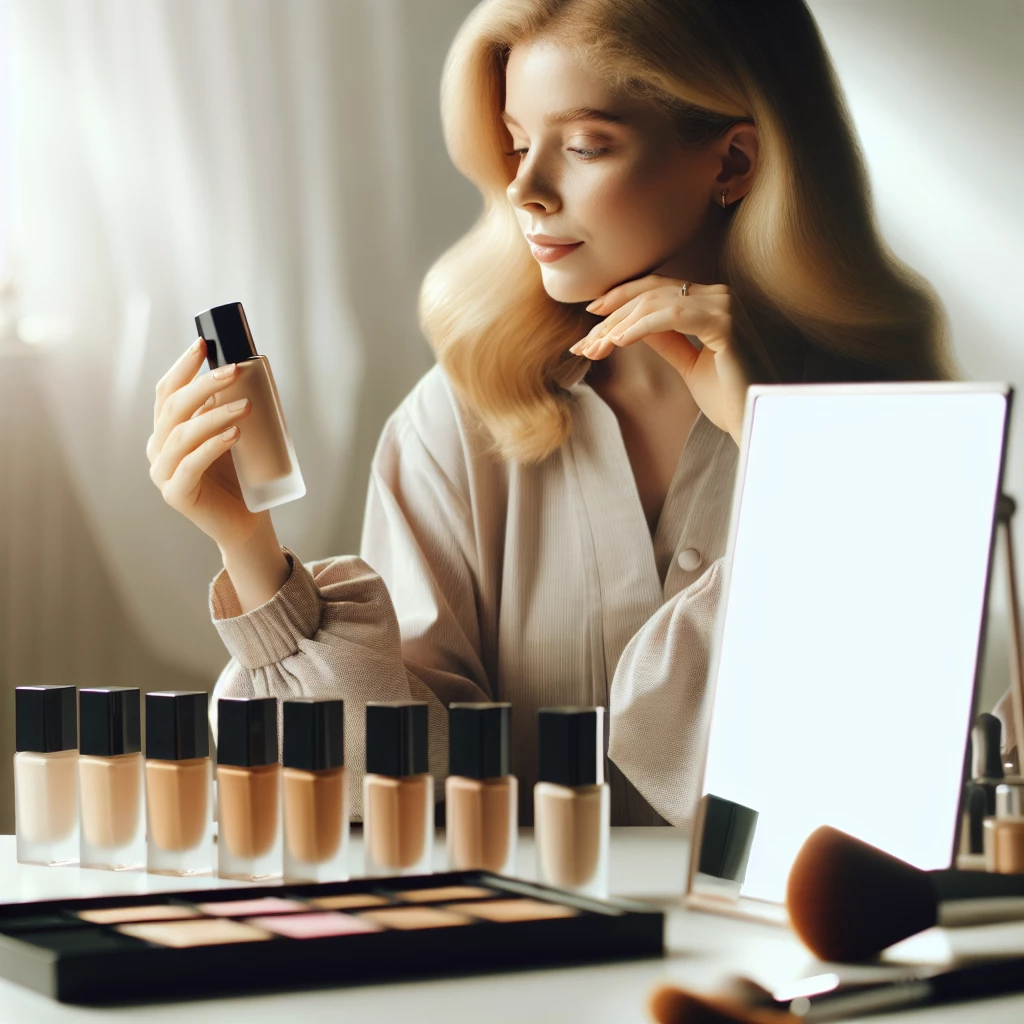Foundation is an essential element that totally transforms a makeup look. However, choosing the right foundation can be a challenging task. The perfect shade not only depends on the tone of your skin but also your skin type and undertones. This guide will help you navigate through the makeup shelves in search of finding your flawless foundation match. We will break down the process into simple, easy-to-understand steps for you to master the art of selecting a foundation.
Understanding Your Skin Tone
The first step in finding the perfect foundation is to understand your skin's baseline color, also known as your skin tone. Skin tone can generally be classified into fair, light, medium, and deep. Identifying your skin tone is pretty straightforward - just take a look in the mirror.
However, it's crucial to do this exercise under natural light because artificial light can alter your perception of your skin's true color. Another great tip is to check your skin color against a white piece of paper. If your face appears to be more yellow or peach, you have warm skin undertones. If your face looks more blue or pink, you have cool skin undertones.
This knowledge will come handy when you’re scrutinizing over various foundation shades, and it narrows down your search by eliminating clearly unfit matches.
Knowing Your Skin Type
Knowing your skin type is just as important as knowing your skin tone. Foundations come in various formulas, including liquid, cream, stick, and powder. Each formula is designed to work best with a specific skin type.
If you have oily skin, opt for oil-free formulas or powders that can keep your skin matte and shine-free. If you tend to have dry skin, a hydrating liquid or cream foundation might be a better fit for you. For combination or sensitive skin types, you’d want a formula that's hypoallergenic and non-comedogenic. Remember, the foundation should enhance your skin’s appearance, not exacerbate any skin problems.
It’s essential to test foundations on your face rather than your hand or arm, as face and body skin can vary in color due to exposure to the sun.
Mastering The Art of Foundation Testing
Finding the perfect foundation shade doesn't just stop at understanding your skin tone and undertones. Swatching samples on your jawline will help to find the most natural match.
Take three different shades that you think are closest to your skin tone and apply them in stripes from your cheek to your jawline. The shade that seems to disappear or blend into your skin seamlessly without much effort is your perfect match.
Remember, it's crucial to do this testing under natural light as well, artificial lighting can create unwanted shadows and misinterpret your true color.
Embrace Trial and Error
Finding the perfect foundation hardly ever happens at the first try, so do not get disheartened if the first foundation you buy does not match perfectly.
Another thing to keep in consideration is that our skin tone can change with seasons. In summer months, your foundation could be darker, while in winter you might need a lighter shade.
Keep experimenting with various shades and formulas, take your time until you find the perfect match, a foundation that feels like your second skin.
Ask for Professional Help
If you still can’t figure out the right shade for you, don’t hesitate to ask for help. Makeup artists in cosmetics stores are trained to determine your skin tone, undertone, and type.
They will guide you through the process and select several foundations for you try. They might even do a full makeup look on you with the selected foundation to see how it looks overall.
With their professional guidance, experience, and vast knowledge of products they will help you nail the right foundation match.
Finding the perfect foundation is a journey. Keep in mind that it’s perfectly okay if you don’t find your match right away. Remember, it’s not just about the color but also the right formulation for your skin type. Now that you have the knowledge and the guide, you’re ready to take the first step. Happy foundation hunting!

Transform with Translucent Powder
Learn how to use translucent powder to set your makeup and control oil for that flawless finish.

Organic Makeup: Is It Worth It?
Discover the pros and cons of organic makeup, and decide if it’s the right choice for you.

Battle of the Brands: Makeup Comparison
In-depth comparison of popular makeup brands to help you make the best choice for your skin.

Creating a Classic Winged Eyeliner
Master the classic winged eyeliner look with our step-by-step guide.
